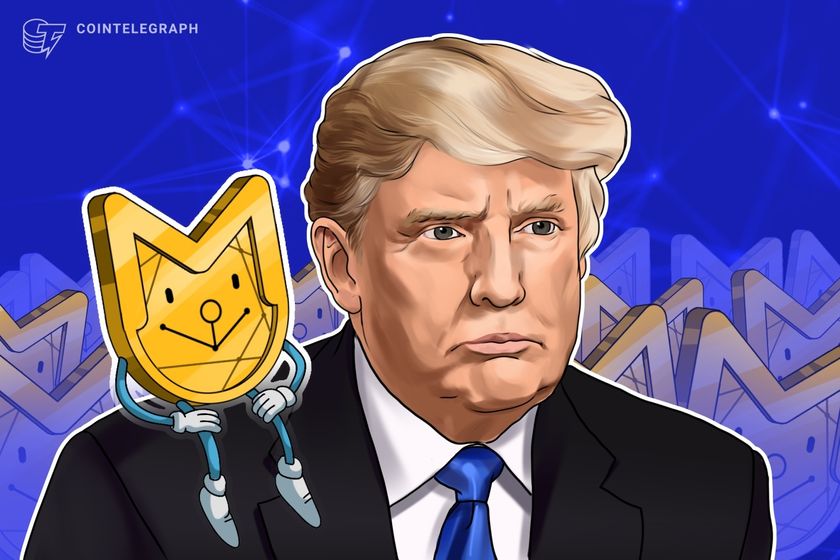Tether’s Stance Against MiCA: A Detailed Look
The crypto world is buzzing about Tether’s decision to not comply with the European Union’s Markets in Crypto-Assets (MiCA) regulation. MiCA is a comprehensive attempt to regulate the crypto space, with a significant focus on stablecoins like Tether’s USDT. But why is Tether, a major player in the stablecoin market, resisting these regulations? Let’s dive into the key reasons.
What is MiCA?
MiCA aims to set clear rules for crypto assets within the EU. For stablecoins, it mandates several key practices:
- Licensing: Issuers need to become authorized electronic money institutions (EMIs), a process that is neither cheap nor quick.
- Reserve Requirements: A significant portion (at least 60% for “significant” stablecoins like USDT) of reserves must be held in EU-based banks.
- Transparency: Issuers must publish white papers and provide regular updates on reserves, audits, and operational changes.
- Delisting of Non-Compliant Coins: Exchanges like Binance are delisting USDT trading pairs for users in the European Economic Area (EEA).
While Europeans can still hold or transfer USDT, it cannot be offered publicly or listed on regulated venues, according to the European Securities and Markets Authority (ESMA).
Why Tether Rejects MiCA Regulations
Tether has been vocal about its reasons for not wanting to comply with MiCA. CEO Paolo Ardoino has pointed out what he considers serious flaws in the regulation. As reported by Cointelegraph, here are the primary concerns:
1. Concerns About the Banking Rule
MiCA’s requirement to hold a large portion of reserves in European banks is seen as potentially creating fragility. Ardoino suggests that over-reliance on traditional banks could lead to a crisis if those banks lack liquidity during a wave of redemptions. Tether prefers to hold most of its reserves in US Treasurys, which it considers liquid and low-risk.

2. Distrust of the Digital Euro
Tether is wary of the direction Europe is heading, especially concerning the digital euro. Ardoino has voiced concerns about the potential for a centrally controlled digital currency to be used to track and control transactions, raising privacy issues.
3. Focus on Users Outside the EU
Tether views itself as a crucial tool for people in countries with inflation, unstable banking systems, and limited access to dollars, such as Turkey, Argentina, and Nigeria. Complying with MiCA would require Tether to shift its focus and resources to meet EU-specific standards, which the company is unwilling to do at the expense of serving these markets.
Did you know? Turkey has a high rate of cryptocurrency adoption, driven by the devaluation of the Turkish lira and economic instability.
Consequences of Non-Compliance
Tether’s decision to not comply with MiCA has significant implications. While it can still be held and transferred, it faces delisting from major exchanges within the EU. This limits its accessibility and usability for European users within regulated platforms.
Conclusion
Tether’s resistance to MiCA highlights the tension between regulatory oversight and the global, decentralized nature of cryptocurrencies. While MiCA aims to protect consumers and ensure stability, Tether argues that its approach could create new risks and hinder its ability to serve users in developing economies. The long-term impact of this decision remains to be seen, but it undoubtedly marks a significant moment in the ongoing evolution of crypto regulation. This situation underscores the importance of understanding the evolving landscape of crypto regulation for anyone involved in Bitcoin, Ethereum, or other cryptocurrencies.
Disclaimer
The information provided in this article is for informational purposes only and does not constitute financial advice. All news content is sourced from trusted platforms like Cointelegraph, Bitcoinist, and our own writers written with added value, editorial insights and reviews by our team. Always do your own research before making any investment decisions.



